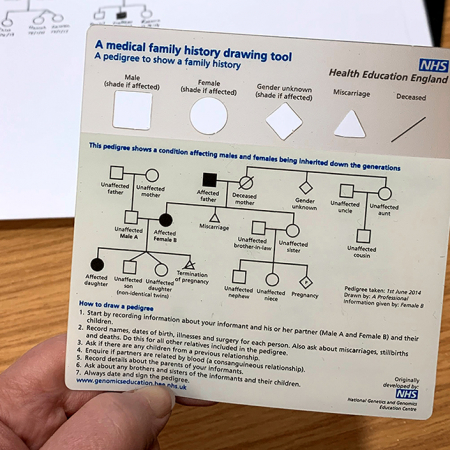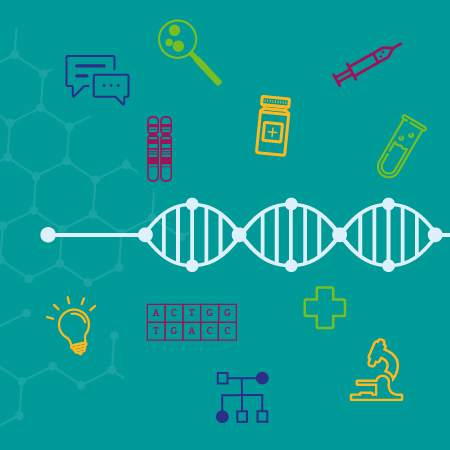Definition
Relatives that share 50% of their DNA, for example a parent and child, or full siblings.
Use in clinical context
Individuals who are related share DNA as it is passed on to each subsequent generation at fertilisation. The percentage of DNA that family members share varies depending on the degree of relatedness, with closer relatives sharing more DNA than more distant relatives.
Apart from monozygotic twins, first degree relatives share the most DNA. Parents and children share 50% of their DNA. Due to recombination, full siblings may have received a more or less similar half of their genome from each parent, but on average they share 50% of their DNA.
First degree relatives in a genetic family history are identified as those individuals with no other family members between them, for example a parent and child, or full siblings.
Related terms
Deoxyribonucleic acid (DNA) | Family history | Fertilisation | Recombination | Second degree relative | Third degree relative




